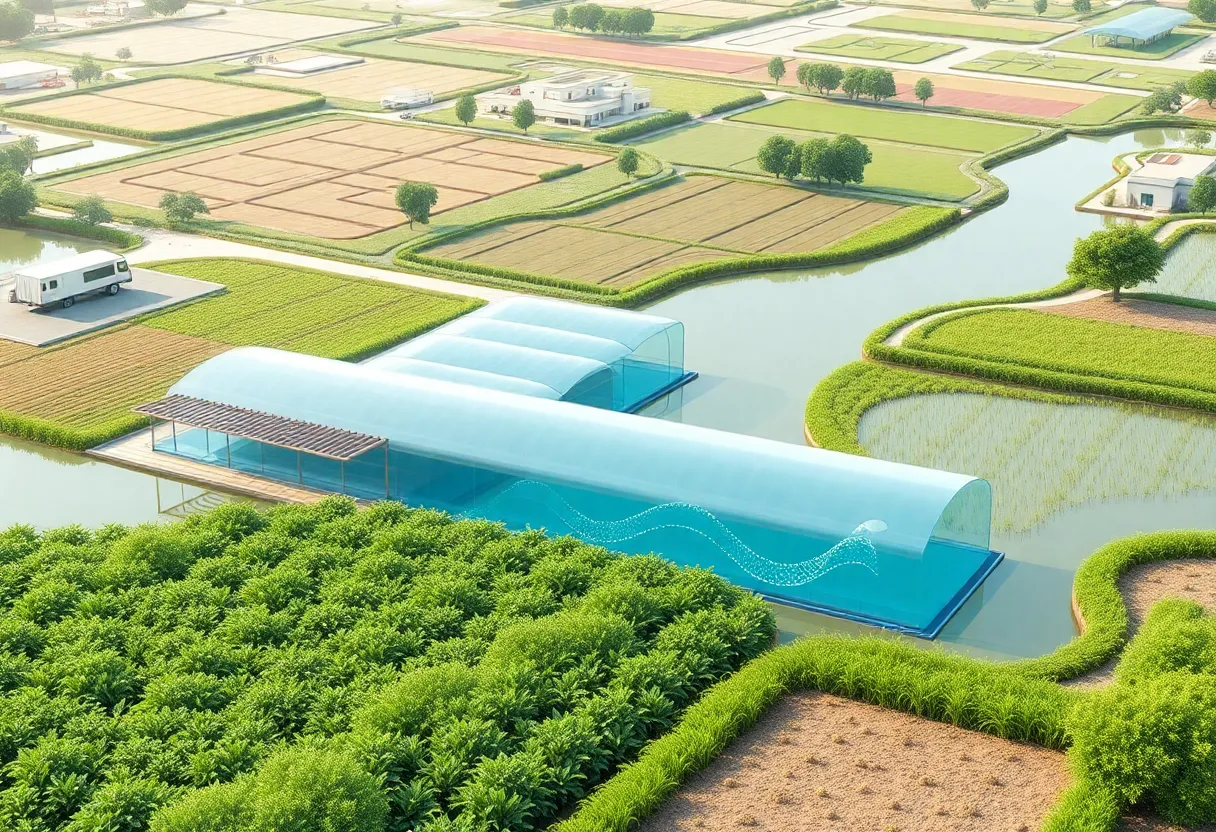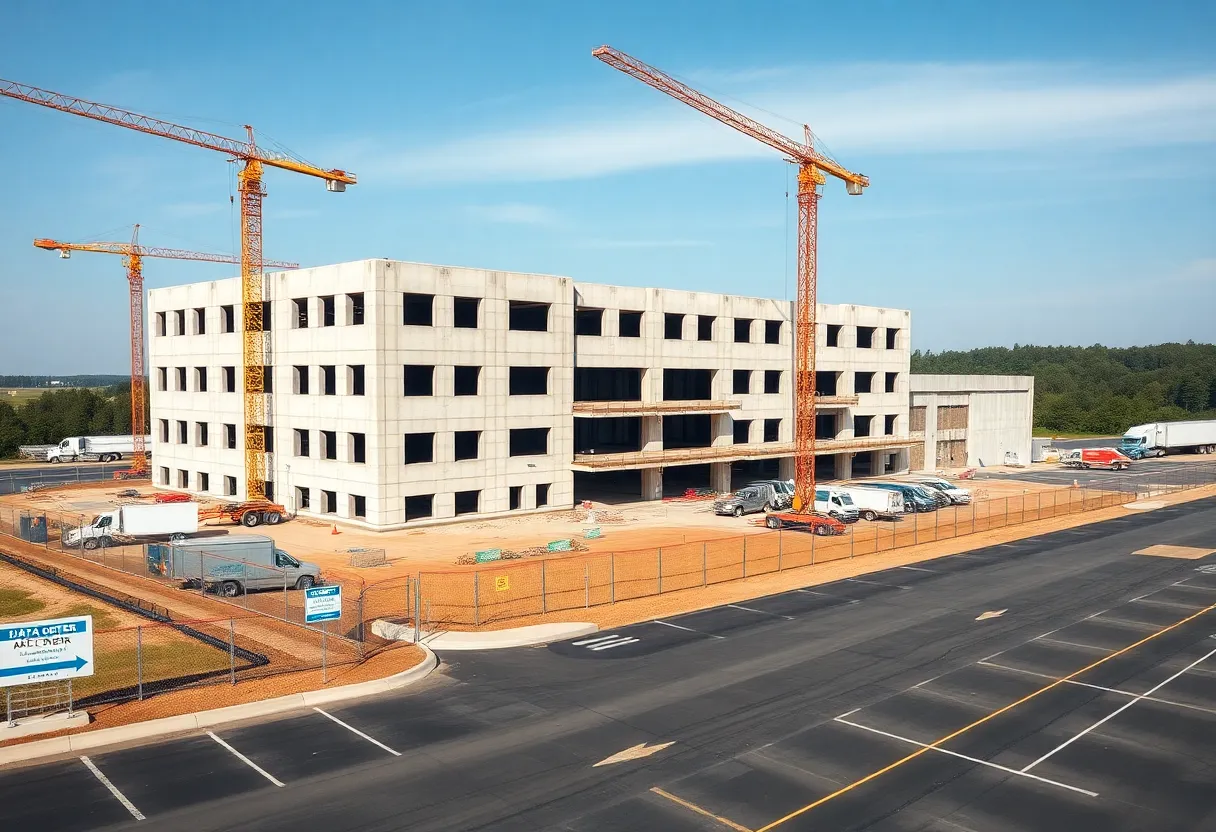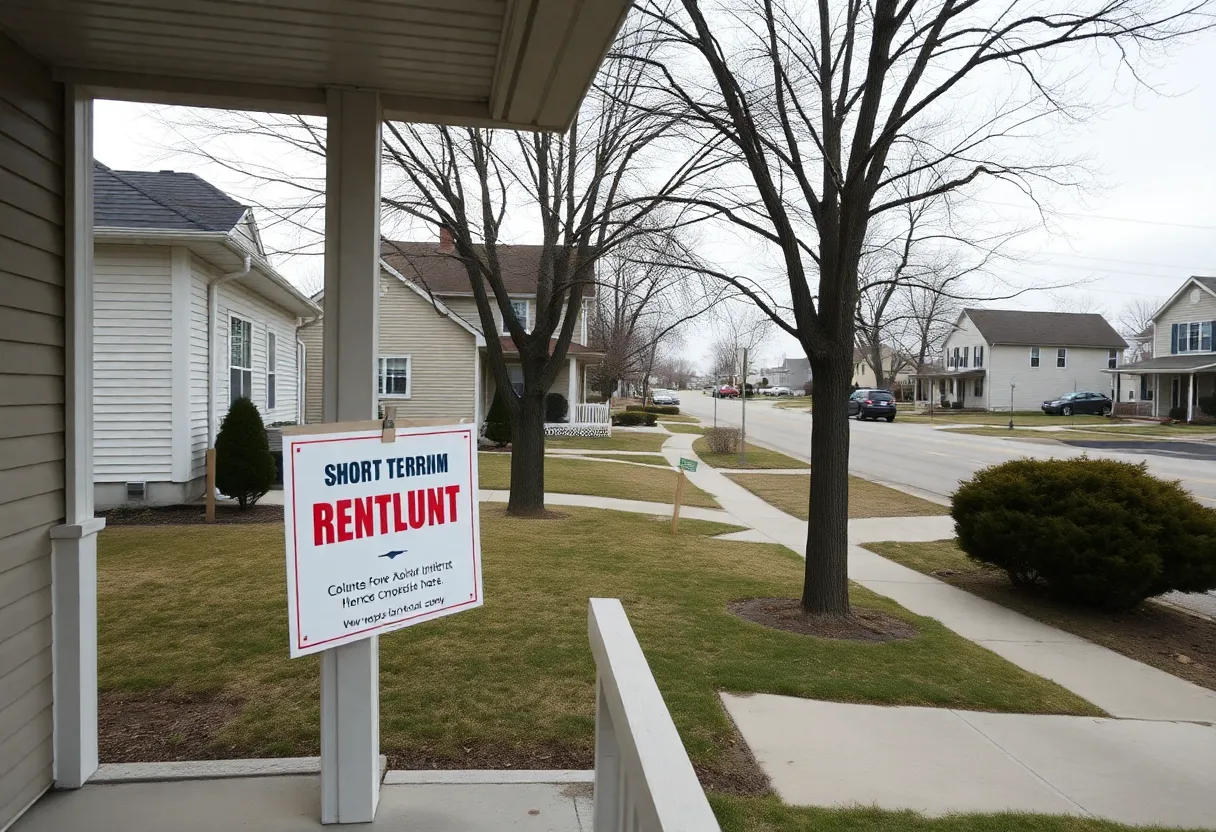News Summary
A new model combining Building Information Modeling (BIM) and neural networks has been developed to improve cost predictions for agricultural water conservancy projects. Utilizing the Sparrow Search Algorithm, the model has demonstrated a remarkable accuracy with a maximum relative error of only 2.99%. Real engineering data from Liaoning Province bolstered its effectiveness, achieving a Root Mean Square Error of 0.1358 and an R2 value of 0.9819. This innovative approach not only facilitates dynamic cost management but also supports sustainable development in agricultural systems.
Innovative Model Improves Cost Prediction for Agricultural Water Conservancy Projects
Accurate construction cost prediction has become increasingly critical for investment decisions in agricultural water conservancy projects, which are often affected by complex conditions and uncertainties. A recent advancement involves the development of a cutting-edge cost prediction model that combines Building Information Modeling (BIM) and a neural network optimized using the Sparrow Search Algorithm (SSA).
Benefits of the New Model
This innovative model utilizes BIM technology to digitize and visualize engineering information, thus enhancing the overall accuracy of the cost prediction process. It specifically employs a Prediction model based on the Grey BP Neural Network (PGNN), which is known for its ability to handle complex and nonlinear problems effectively. Traditional methods of estimating construction costs often fall short in terms of accuracy and adaptability, leading to potential financial pitfalls. However, the new model addresses these challenges by leveraging machine learning techniques to extract features from high-dimensional datasets, thereby facilitating more reliable cost estimates.
Case Studies Conducted
To validate the efficacy of this new prediction model, researchers gathered real engineering data and material prices from January 2016 to February 2021 in Liaoning Province as part of their case studies. The results showed a remarkable maximum relative error of only 2.99% between the predicted and actual construction costs. This level of precision is a significant improvement over traditional models.
The model’s performance was evaluated using key indicators such as Root Mean Squared Error (RMSE) and the coefficient of determination (R2). The study demonstrated an RMSE value of 0.1358 and an R2 value of 0.9819, showcasing high levels of prediction accuracy. Even more impressively, the newly developed model achieved a 33% reduction in RMSE and a 6% increase in R2 compared to the traditional PGNN model.
Addressing Complexity and Uncertainties
Agricultural water conservancy projects involve various complexities and uncertainties that can result in substantial cost overruns. This new model effectively tackles these issues by integrating advanced information technology and artificial intelligence, significantly improving the accuracy and efficiency of construction cost predictions.
The model was specifically validated with a project located in Yanghe Town, Anshan City, which included key structures such as bridges, culverts, and masonry walls. Major materials, including steel and concrete, were analyzed as part of the assessment process.
Impact on Lifecycle Management
The findings from this innovative approach underline the importance of integrating BIM technology throughout the entire project lifecycle. By doing so, it enhances cost management and operational efficiency, allowing for dynamic cost baseline generation and real-time adjustments in resource allocation.
Furthermore, this proposed model serves as a straightforward decision-making tool for managing agricultural water conservancy projects over their lifecycle, optimizing both project planning and execution. It holds significant potential for promoting sustainable development within the sector.
Conclusion
The pioneering integration of BIM technology and neural networks marks a significant leap forward in the construction industry, particularly in the area of agricultural water conservancy. By addressing key issues of complexity and uncertainty, this innovative cost prediction model not only aids in project management but also fosters a more sustainable and efficient approach to construction in the agricultural sector. As the industry evolves, such technological innovations are crucial for optimizing costs and ensuring the success of large-scale projects.
Deeper Dive: News & Info About This Topic
Additional Resources
- Nature: Innovative Model Enhances Cost Prediction for Agricultural Water Conservancy Projects
- Wikipedia: Building Information Modeling
- ResearchGate: Cost Prediction Models in Construction
- Google Search: Neural Network Cost Prediction
- ScienceDirect: Cost Estimation in Engineering
- Encyclopedia Britannica: Machine Learning
Author: Construction NY News
NEW YORK STAFF WRITER The NEW YORK STAFF WRITER represents the experienced team at constructionnynews.com, your go-to source for actionable local news and information in New York and beyond. Specializing in "news you can use," we cover essential topics like product reviews for personal and business needs, local business directories, politics, real estate trends, neighborhood insights, and state news affecting the area—with deep expertise drawn from years of dedicated reporting and strong community input, including local press releases and business updates. We deliver top reporting on high-value events such as the New York Build Expo, infrastructure breakthroughs, and cutting-edge construction technology showcases. Our coverage extends to key organizations like the Associated General Contractors of New York State and the Building Trades Employers' Association, plus leading businesses in construction and real estate that power the local economy such as Turner Construction Company and CMiC Global. As part of the broader network, including constructioncanews.com, constructiontxnews.com, and constructionflnews.com, we provide comprehensive, credible insights into the dynamic construction landscape across multiple states.





